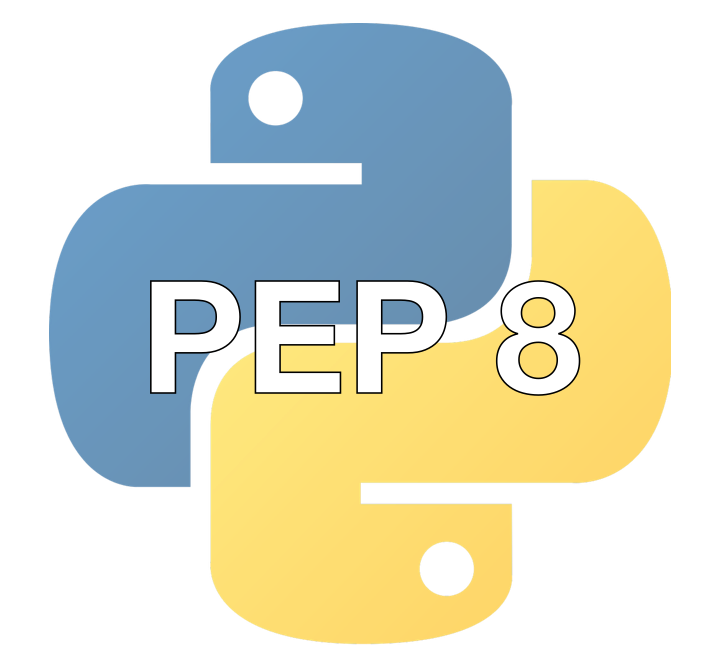Conventions and PEP 8
Software Engineering Principles in Python

Adam Spannbauer
Machine Learning Engineer at Eastman
What are conventions?




Introducing PEP 8

"Code is read much more often than it is written"
Violating PEP 8
#define our data
my_dict ={
'a' : 10,
'b': 3,
'c' : 4,
'd': 7}
#import needed package
import numpy as np
#helper function
def DictToArray(d):
"""Convert dictionary values to numpy array"""
#extract values and convert
x=np.array(d.values())
return x
print(DictToArray(my_dict))
array([10, 4, 3, 7])
Following PEP 8
# Import needed package
import numpy as np
# Define our data
my_dict = {'a': 10, 'b': 3, 'c': 4, 'd': 7}
# Helper function
def dict_to_array(d):
"""Convert dictionary values to numpy array"""
# Extract values and convert
x = np.array(d.values())
return x
print(dict_to_array(my_dict))
array([10, 4, 3, 7])
PEP 8 Tools


Using pycodestyle
datacamp@server:~$ pip install pycodestyle
datacamp@server:~$ pycodestyle dict_to_array.py
dict_to_array.py:5:9: E203 whitespace before ':'
dict_to_array.py:6:14: E131 continuation line unaligned for hanging indent
dict_to_array.py:8:1: E265 block comment should start with '# '
dict_to_array.py:9:1: E402 module level import not at top of file
dict_to_array.py:11:1: E302 expected 2 blank lines, found 0
dict_to_array.py:13:15: E111 indentation is not a multiple of four
Output from pycodestyle

Let's Practice
Software Engineering Principles in Python

